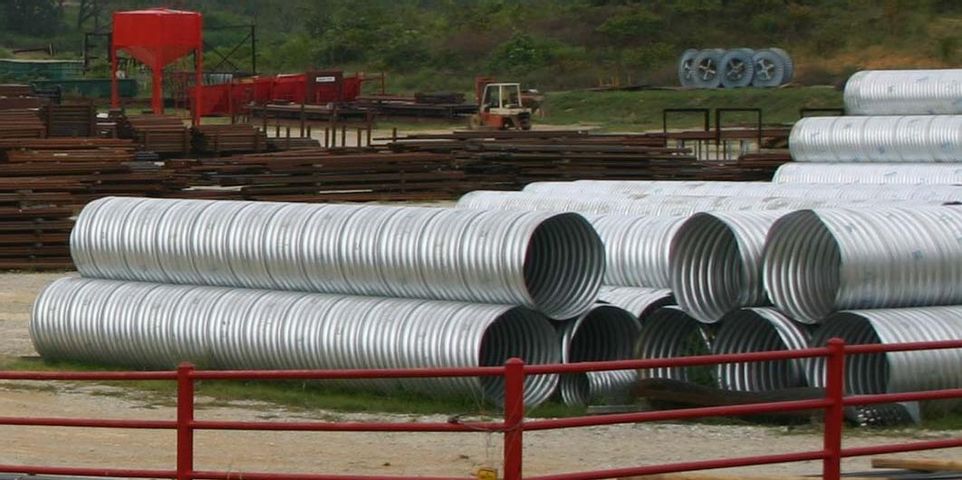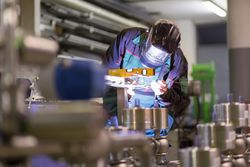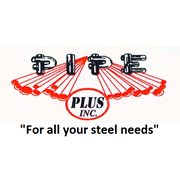
From the ancient Chalybes people to modern American businesspeople, steel has transformed lives and industries. Structural steel—in skyscrapers or bridges—is part of most people’s daily lives; the following guide will help you understand how that came to be.
Where Does Steel Come From?
Steel is comprised of iron (98% or more) and carbon. Although carbon might only take up 2% or less of the metal, it has a significant impact on the metal’s properties. In experimenting with iron production, ancient people created precursors for steel.
Around 1800 B.C., the Chalybes people along the Black Sea strove to make the metal stronger than bronze for their weapons. They hammered iron ores in the hearth and then fired them repeatedly to produce wrought iron. Wrought was only 0.8% carbon and thus lacked the pliancy of steel. Around 400 B.C., Indian metalworkers created the first genuine steel and sent it across the world to Spain.
What Were Processes for Making Steel?
In 1855, Henry Bessemer introduced the Bessemer method, leading to the use of structural steel. He created a pear-shaped receptacle in which iron was heated while oxygen was blown through the molten metal. Oxygen reacted with carbon, releasing carbon dioxide to produce a purer iron.
 With the help of other experts, Bessemer improved his process by adding manganese to remove oxygen, and limestone to remove phosphorus. Between 1867 and 1884, the price of steel rail dropped by over 80%, and the global steel industry began to grow.
With the help of other experts, Bessemer improved his process by adding manganese to remove oxygen, and limestone to remove phosphorus. Between 1867 and 1884, the price of steel rail dropped by over 80%, and the global steel industry began to grow.
In 1901, Andrew Carnegie founded the hugely successful U.S. Steel Corporation; he brought the Bessemer method to the U.S. He manufactured structural steel for a new type of building: skyscrapers. By 1900, the U.S. produced 11.4 million tons of steel, more than British and German production combined.
How Is Steel Used & Produced Today?
Following the turn of the century, Paul Heroult’s electric arc furnace (EAF) provided a new method for heating steel production. By WWII, EAFs were used to manufacture steel alloys. Because EAFs can produce steel from 100% scrap, they require less energy. Thus, it’s become increasingly popular and now accounts for around 33% of global steel production.
Most of today’s steel production occurs in oxygen facilities; this method was developed in the 1960s and advanced basic oxygen furnaces. These furnaces, paired with large vessels, produce steel faster than previous methods; a large vessel with 350 metric tons of iron can convert to steel in an hour.
Steel continues to have a wide range of applications. Infrastructure, vehicles, buildings, and appliances all require steel. Modern structures like skyscrapers, airports, and bridges require a steel skeleton. According to the World Steel Association, 51% of steel production goes to building and infrastructure, 15% goes to mechanical equipment, and 12% goes to the automotive industry.
For all your steel needs, go to Pipe Plus, Inc. in Willow Spring, MO. Whether you’re building a new office or fixing up an old one, they’re a reputable steel distributor with affordable prices. They’ll fabricate custom parts for both commercial and residential customers. You can rely on them for timely deliveries that work alongside your building schedule. To start planning your fabrication proposal, call (417) 469-5292. You can also send them a message online.
About the Business
Have a question? Ask the experts!
Send your question

